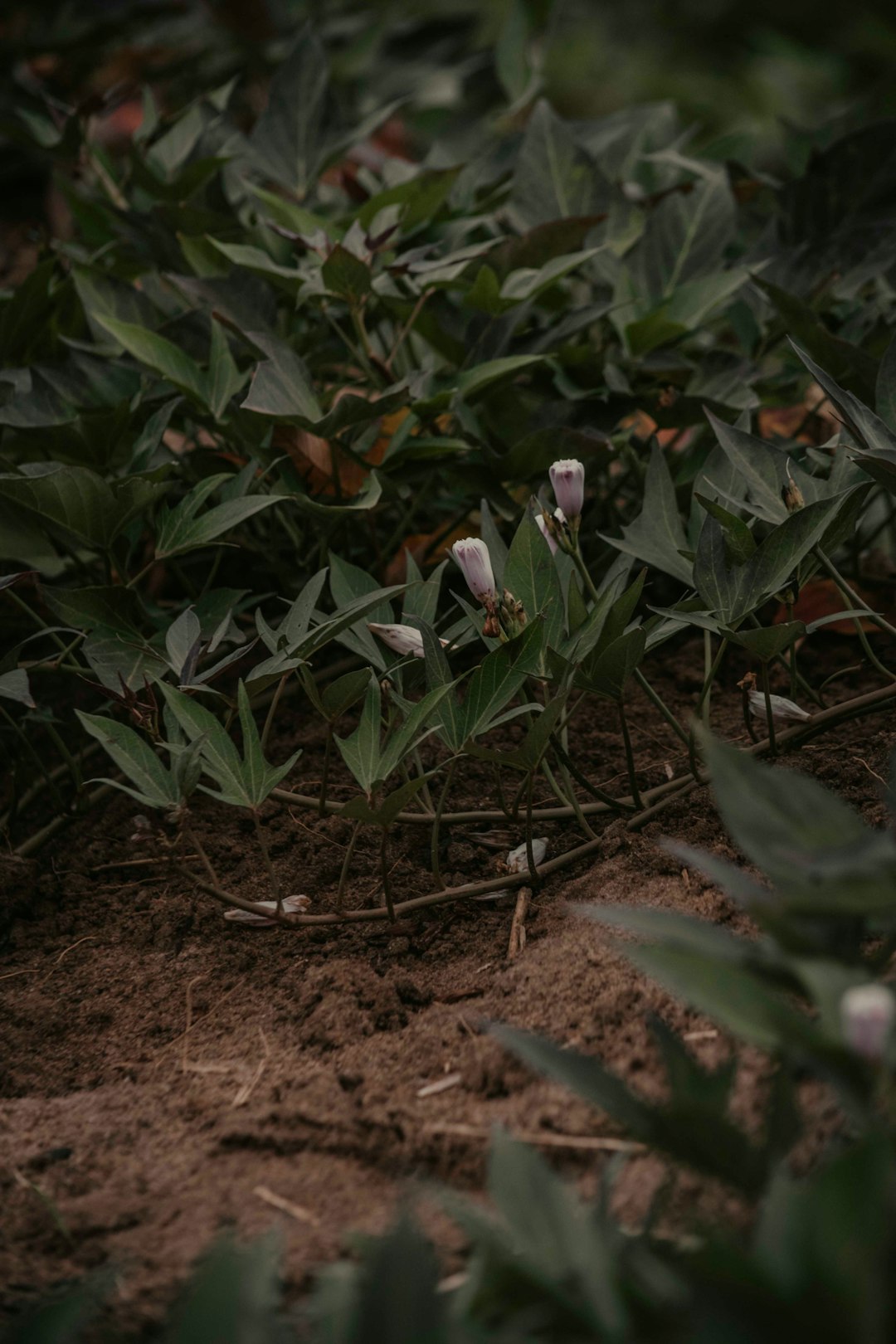Unveiling the Secrets of Rose Propagation from Cuttings

Flowers have always held a special place in human hearts, and roses, in particular, are symbols of love, beauty, and elegance. Gardening enthusiasts often find great joy in growing their own roses, and one of the most rewarding ways to do so is by growing roses from cuttings. In this guide, we will explore the ins and outs of this process, from the best time to take rose cuttings to the essential tools and materials you'll need.
### The Best Time to Take Rose Cuttings
Timing is crucial when it comes to taking rose cuttings. The ideal time to take cuttings is during the late spring or early summer. During this period, the roses are in their active growth phase, which means the cuttings are more likely to root successfully. You want to look for healthy, non - flowering stems. These stems are full of the necessary nutrients and hormones that will help the cutting develop roots.
Another important factor to consider is the weather. Choose a day when it is overcast or early in the morning. This helps to prevent the cuttings from drying out too quickly. The cool and moist conditions are more favorable for the cuttings to start the rooting process.
### Selecting the Right Stems
When selecting stems for cuttings, look for those that are about 6 to 8 inches long. They should be firm and free from any signs of disease or pests. The stem should also have at least three to four sets of leaves. These leaves will play a vital role in the photosynthesis process, which provides energy for the cutting to grow roots.
Use a sharp, clean pair of pruning shears to take the cuttings. Make a clean cut just below a leaf node. The leaf node is where the roots will eventually emerge from. A sharp cut reduces the risk of damaging the stem and also helps to prevent the entry of pathogens.
### Preparing the Cuttings
Once you have taken the cuttings, remove the lower leaves. Leave only the top two or three sets of leaves. This reduces the amount of moisture loss from the cutting. You can also dip the bottom end of the cutting in a rooting hormone. Rooting hormones contain auxins, which stimulate root growth. There are different types of rooting hormones available in the market, such as powder, gel, and liquid. Follow the instructions on the product label for the correct application.
### Essential Tools and Materials
To successfully grow roses from cuttings, you will need several tools and materials. Firstly, you need a pot or container. Choose a container that has drainage holes at the bottom to prevent waterlogging. A small plastic pot or a seed tray can work well.
You also need a good quality potting mix. A well - draining potting mix is essential for the cuttings. You can make your own mix by combining equal parts of peat moss, perlite, and vermiculite. This mix provides good aeration and moisture retention.
Another important item is a clear plastic bag or a propagator. This creates a humid environment around the cuttings, which is essential for root development. You can place the pot with the cuttings inside the plastic bag and seal it. Make sure to leave some air inside the bag. If using a propagator, follow the manufacturer's instructions for setting it up.
### Planting the Cuttings
Fill the pot or container with the potting mix. Make a hole in the center of the mix using a pencil or a dibber. Insert the cutting into the hole, making sure that at least two nodes are buried in the mix. Gently press the mix around the cutting to hold it in place.
Water the cutting thoroughly. Use a watering can with a fine rose attachment to avoid disturbing the cutting. After watering, place the pot in a warm, bright location, but out of direct sunlight. Direct sunlight can cause the cuttings to overheat and dry out.
### Caring for the Cuttings
Check the cuttings regularly for signs of growth and moisture. Keep the potting mix moist but not waterlogged. If the plastic bag or propagator becomes too humid, you can open it slightly to allow some air circulation. This helps to prevent the growth of mold and fungi.
After a few weeks, you should start to see roots developing. You can gently tug on the cutting to check for resistance, which indicates that roots have formed. Once the roots are well - established, you can transplant the rose cutting into a larger pot or into your garden.
### Conclusion
Growing roses from cuttings is a wonderful way to expand your rose collection and share your favorite roses with others. By following these steps, from choosing the right time to take cuttings to providing the proper care, you can enjoy the satisfaction of watching your rose cuttings grow into beautiful, blooming plants. With a little patience and attention to detail, you'll be well on your way to becoming a master rose propagator.